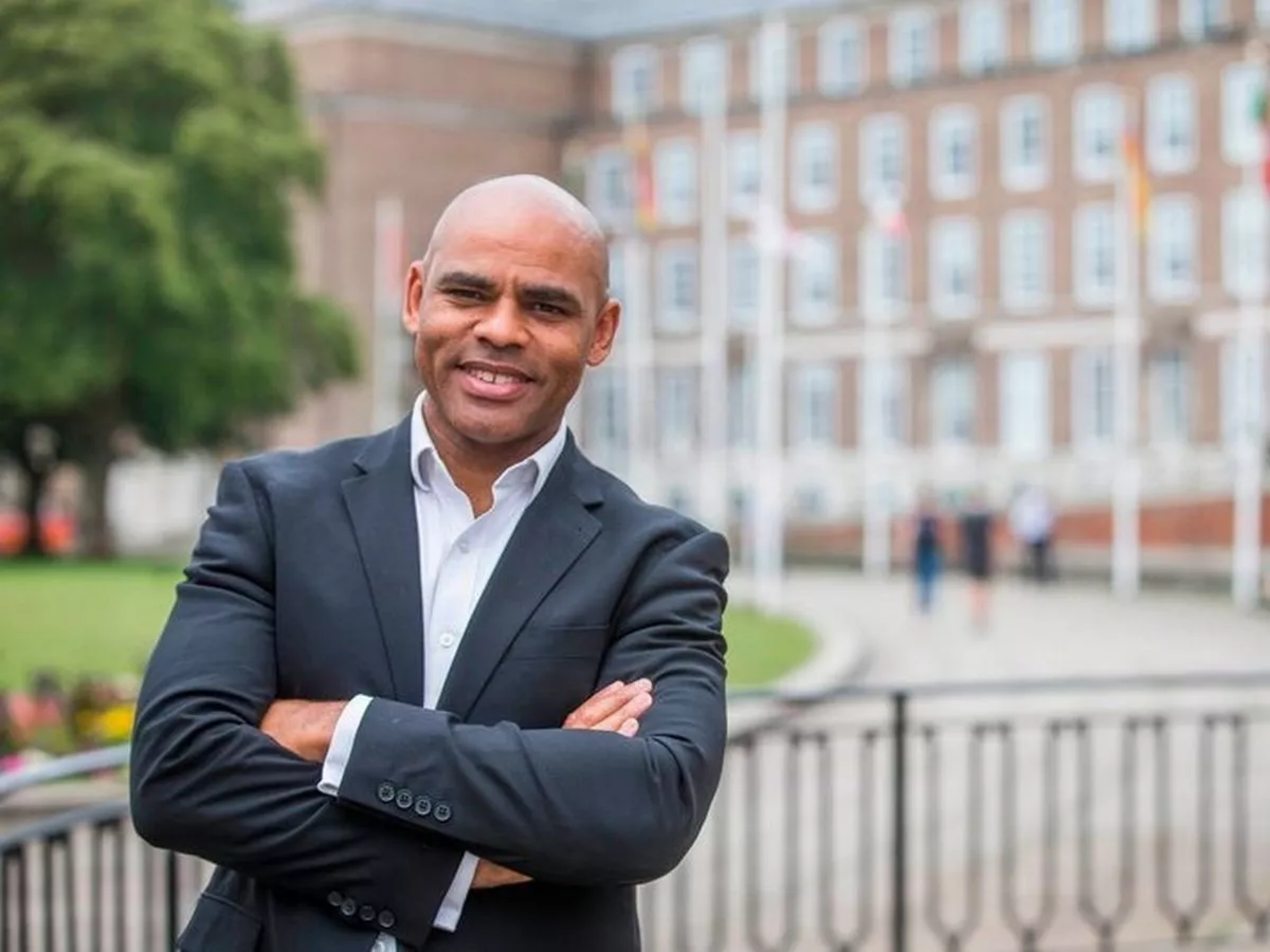Regeneration Frameworks are documents which bring together city planning, transport, and design thinking to guide change in an area.
They are produced to make sure that:
- any changes to an area work well together
- all relevant stakeholders, such as residents and businesses, are working towards achieving the same long-term vision and strategy for change
- long-term change is co-ordinated across the area
- long-term change is considered more holistically to ensure it is inclusive and sustainable
- technical and planning requirements, city objectives, and landowner and community aspirations are considered and arrive at the most appropriate, balanced, and deliverable vision and strategy for change.
Once complete, the Regeneration Framework will set a ‘direction of travel’ which will guide future investment and planning applications within the framework area.
Planning applications will set out more detailed designs for individual development sites. These will be assessed on their alignment and contribution towards the overall vision and regeneration objectives set out in the framework, alongside existing planning policy.
We want the community to have meaningful opportunities to influence the project. We have been doing this through a co-design approach.
The co-design approach for Frome Gateway is an embedded engagement programme that works with communities and users of the area to bring their lived experience, knowledge, and stories into the design process.
This approach has meant the project team is able to understand the place and the people so we can ensure change responds to community need as well as city-wide objectives.
In a process like this, it is essential to set out clear parameters for engagement and the extent to which the community can shape certain elements and have influence.
Defining the scope of influence also allows us to focus efforts and resources into areas where the community can have the most impact.
For clarity, when using the term ‘community’ we mean all the different communities who use the site area, including businesses, residents, education groups, community groups, people travelling through or visiting.
The degree of involvement and influence the community will have on the various design elements of the Regeneration Framework are set out in three categories:
- Parts of the framework which the community can develop and deliver solutions with us.
- Parts of the framework which the community can help to shape alongside other factors. This includes commenting on decisions made throughout the process and helping to develop solutions where possible.
- Parts of the framework which the community will be informed about but have little influence over. The table below shows how each element of the Regeneration Framework fits in with these categories of influence.
In the spirit of openness, we have set out the degree of involvement and influence the community will have on the Regeneration Framework, including how other overriding considerations will limit the involvement the community can have on some aspects of the Regeneration Framework.
Click on the image below to read the Scope of Community Influence page-by-page. You can also download the document by clicking here.

_page-0001.jpg)